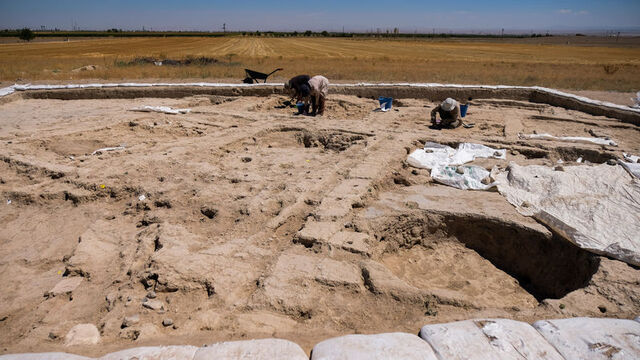
Archaeologists Uncover One of the Earliest Known Streets at Canhasan 3, Central Anatolia
9,750-Year-Old Street Unearthed in Central Türkiye Challenges Neolithic Narratives
Archaeologists in Türkiye have uncovered what may be one of the earliest examples of a street in human history—predating the iconic settlement of Çatalhöyük by nearly 750 years. The discovery was made at Canhasan 3 Höyük, a Neolithic mound in the Karaman province, revealing an organized passageway between houses that dates back around 9,750 years.
The find is shaking up long-held assumptions about early urban life. For decades, Çatalhöyük’s tightly packed homes accessed through rooftops defined our picture of Neolithic architecture. But Canhasan 3 paints a radically different image—one where communities were already experimenting with spatial planning and social organization nearly 10 millennia ago.
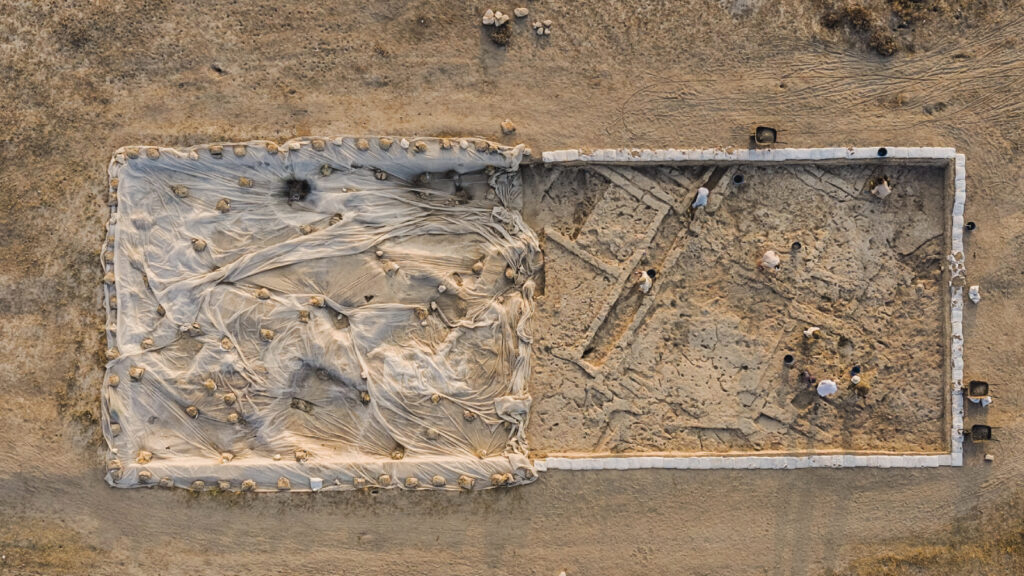
“This is a major surprise,” said Assoc. Prof. Adnan Baysal of Ankara University, who leads the excavation under the Heritage for the Future Project. “These gaps between homes were deliberate. They may have served as passageways, corridors for livestock, or even as an early version of a street. Whatever their function, this is extremely rare for this period.”
Why It Matters
Streets are not just physical spaces—they are hallmarks of social complexity and shared planning. Discovering such an element in the Pre-Pottery Neolithic period challenges the idea that urbanization emerged thousands of years later. This pushes back the timeline for organized communal spaces, making Canhasan 3 a game-changer in the study of human history.
A Settlement Ahead of Its Time
Unlike Çatalhöyük’s labyrinth of roof-accessed dwellings, Canhasan 3 shows deliberate spacing between buildings, hinting at concepts of shared access and mobility. Excavators also noted differences in hearth placement, suggesting cultural diversity within Central Anatolia’s early farming societies.
📣 Our WhatsApp channel is now LIVE! Stay up-to-date with the latest news and updates, just click here to follow us on WhatsApp and never miss a thing!!
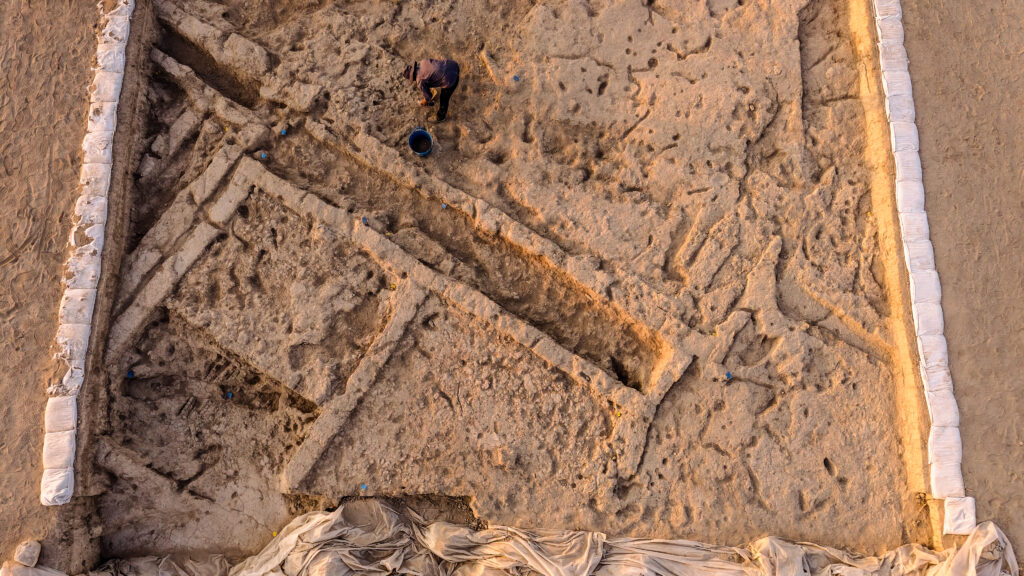
The mound is part of a larger complex—Canhasan 1, 2, and 3—which hosted human communities from the Pre-Pottery Neolithic to the Bronze and Iron Ages. Rich with wetlands and fertile soils, the area supported agriculture, livestock breeding, and permanent architecture for thousands of years.
Bones of aurochs (wild cattle), fish, and waterfowl found on site, along with upcoming plant analysis, promise to shed light on early subsistence strategies in Anatolia.
Global Significance
Canhasan 3 is emerging as a critical site for understanding early social evolution. Key reasons why archaeologists consider it globally important include:
- Evidence of early spatial planning, possibly the world’s first “street”
- Continuity of settlement for millennia
- Environmental data bridging ecology and human adaptation
- A link between pre-pottery and pottery Neolithic traditions
As Baysal notes:
“Every discovery at Canhasan 3 tells us that Neolithic Anatolia was far from uniform. Different communities had different visions of life, and some of those ideas—like streets—changed the course of human history.”
You may also like
- A 1700-year-old statue of Pan unearthed during the excavations at Polyeuktos in İstanbul
- The granary was found in the ancient city of Sebaste, founded by the first Roman emperor Augustus
- Donalar Kale Kapı Rock Tomb or Donalar Rock Tomb
- Theater emerges as works continue in ancient city of Perinthos
- Urartian King Argishti’s bronze shield revealed the name of an unknown country
- The religious center of Lycia, the ancient city of Letoon
- Who were the Luwians?
- A new study brings a fresh perspective on the Anatolian origin of the Indo-European languages
- Perhaps the oldest thermal treatment center in the world, which has been in continuous use for 2000 years -Basilica Therma Roman Bath or King’s Daughter-
- The largest synagogue of the ancient world, located in the ancient city of Sardis, is being restored

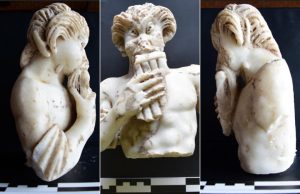
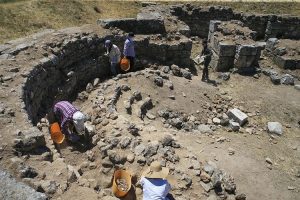
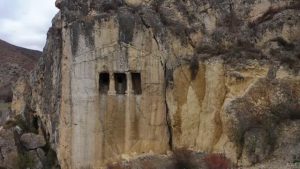
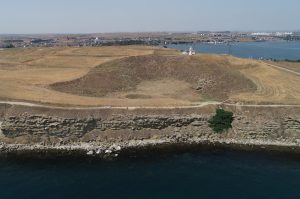
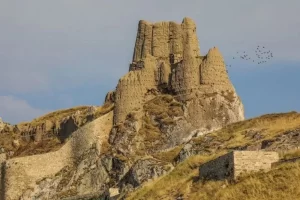
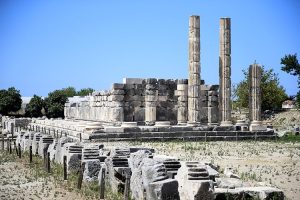
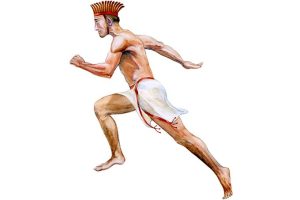

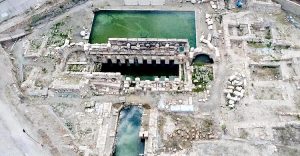
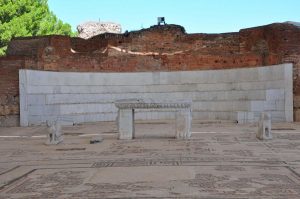
Leave a Reply